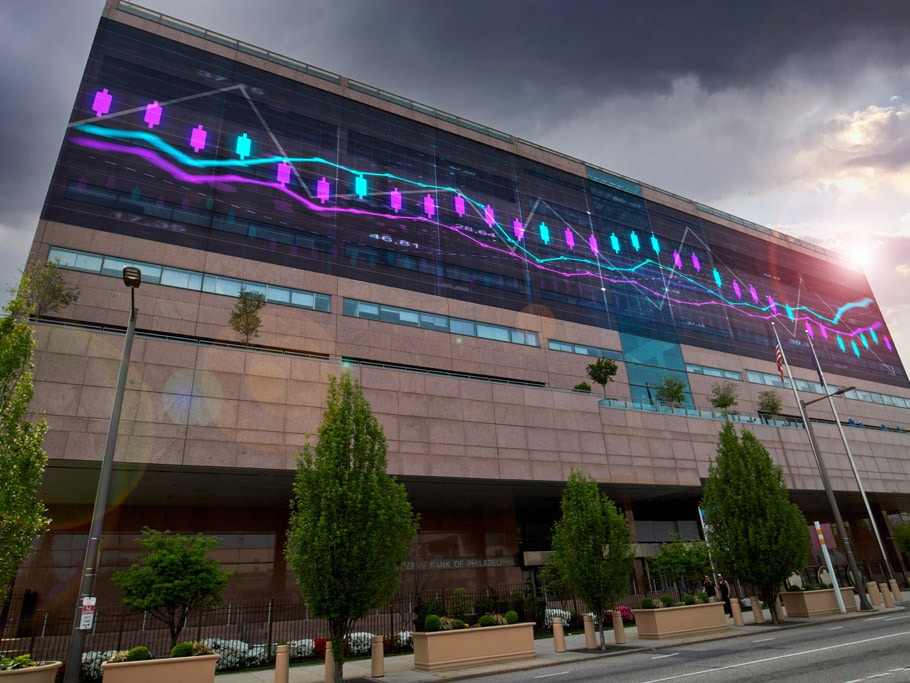
Experts on Interest Rates
In the United States, the Treasury yield curve is the driver of all domestic interest rates — as all other domestic bond categories rise and fall with Treasuries. Equally as important as the current interest rates, investors everywhere pay close attention to predictions about where rates will go in the future. Virtually every investment calculation we perform relies on future rate expectations — whether it is the future discount rate, going-out cap rate, or refinancing rate — forecast assumptions are embedded into our valuations. So where do these forecasts come from?
There are many different models and methods to predicting interest rates, but the most trusted source is the Survey of Professional Forecasters reported by the Federal Reserve Bank of Philadelphia. The Survey of Professional Forecasters is the oldest quarterly survey of macroeconomic forecasts in the United States, beginning in 1968 when it was conducted by the American Statistical Association and the National Bureau of Economic Research and then taken over in 1990 by the Philadelphia Fed. The survey is a compilation of individual responses from professionals who have had advanced training in economic theory and use econometric models to generate their forecasts. The many forecast results are compiled and reported by the Philadelphia Fed. This source is supposedly the best of the best, so how well have they done at forecasting interest rates in the past? Unfortunately, according to the chart below, not very well.
The blue line in the chart represents actual 10-year Treasury yields, and the short orange lines show end-of-year forecasts predicted for the upcoming years. As you can tell by the graph, the forecasts are rarely correct. More so, the graph displayed is often referred to as a ‘hairy chart’ due to the manner in which the forecasts consistently “stand-up” from the resulting actual rates. For years economists have been forecasting that economic growth and a tightening labor market would help drive long-term interest rates higher. In 2012, 2016, and 2017, rates followed those expectations, but in every other year since 2008, demand for assets has instead pushed long-term rates lower.
Legend:
- Actual
- December Forecasts
Source: Philadelphia Federal Reserve
So why are the forecasts consistently inaccurate? The most trusted method for making interest rate predictions is modeling them based on the yield curve. This yield curve is used as a benchmark for other debt in the market, such as mortgage rates or bank lending rates, and it is used to predict changes in economic output and growth. A ‘normal’ yield curve is one in which longer maturity bonds have a higher yield compared to shorter-term bonds due to the risks associated with time. Due to the fundamental belief in the yield curve, future rates are anticipated to be increasingly higher as they extend from current rates, creating an upward sloping curve as represented by many of the red dashed lines on the chart. The reality is that future spot rates are far more volatile than what is projected in an ‘ideal’ yield curve scenario, which is why we see such variability displayed by the blue line of actual rates.
Even though this forecast method is often inaccurate, using the yield curve is likely still the best estimate. What is important for all investors to understand is that forecasts are only educated guesses. We need to be aware that there is a tremendous amount of volatility in these rates and take that into account when making investments. Investors should run sensitivity analyses to test how different interest rates would affect their returns. We should not put all of our faith in the accuracy of a single 10-year rate projection when it is time to sell. Still, the best estimate of tomorrow’s rate is today’s rate.